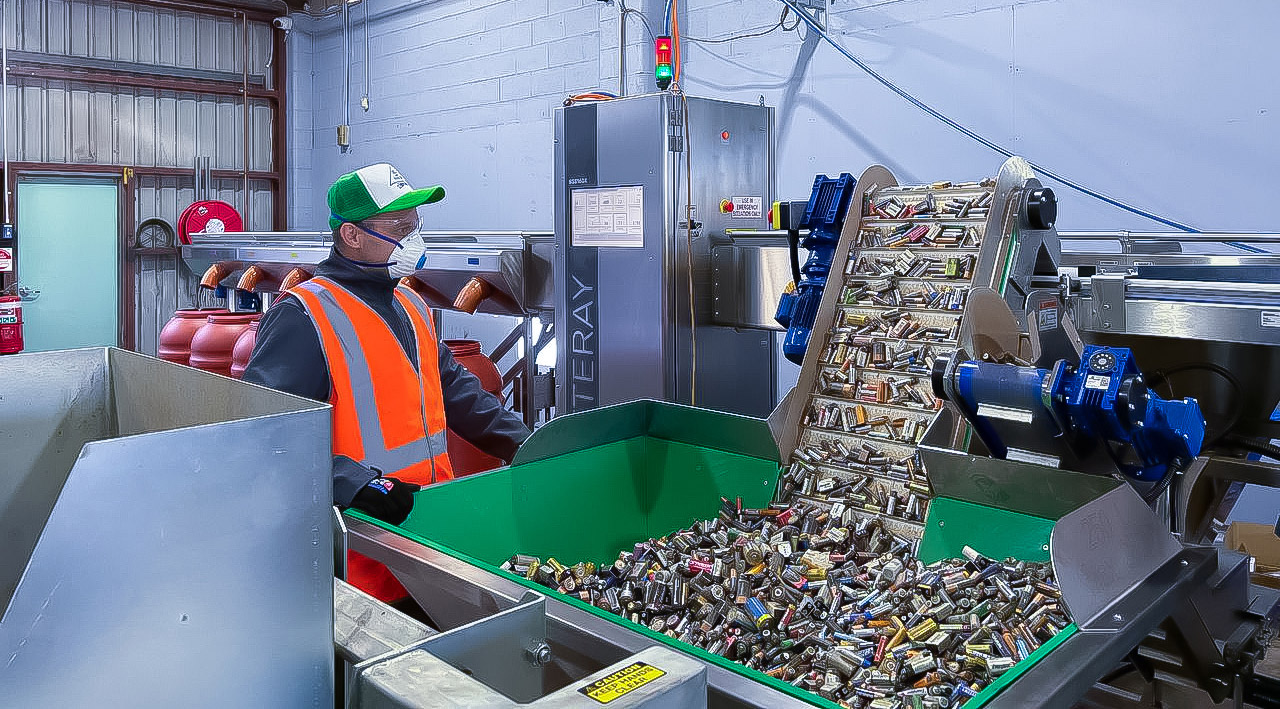In the era of a digital-centric lifestyle, our dependency on portable devices like laptops, smartphones, and electric vehicles has surged, ushering in an age where batteries play a pivotal role in powering our daily lives. However, the environmental repercussions of disposing of these batteries at their end of life have become an escalating concern. This conundrum has propelled the need for effective battery recycling solutions that can mitigate the adverse effects of electronic waste on our planet. This article delves into the dual nature of battery recycling – exploring its myriad benefits while addressing the challenges that stand in the way of creating a sustainable and responsible approach to managing end-of-life batteries.
The Environmental and Economic Benefits of Battery Recycling:
Battery recycling emerges as a beacon of hope in the landscape of waste management, offering a host of environmental and economic advantages. The extraction and repurposing of valuable metals like lithium, nickel, and cobalt from used batteries aid in resource conservation, curbing the necessity for environmentally degrading mining practices. Moreover, recycling prevents hazardous heavy metals found in batteries from leaching into landfills and groundwater, effectively reducing the potential for environmental contamination.
Economically, the battery recycling process presents a win-win scenario. Not only does it create employment opportunities within the waste management sector, but it also fuels the growth of green technology industries. Energy efficiency further underscores the benefits, as recycling metals from used batteries proves to be more energy-efficient than extracting them from primary resources through traditional mining methods.
Challenges on the Horizon:
Despite the compelling advantages, the landscape of battery recycling is not without its challenges. The diverse array of battery types poses a significant hurdle in terms of collection and sorting. However, advancements in sorting methods in recent years signify a positive trajectory.
Technological hurdles also loom large, particularly concerning the intricate nature of recycling lithium-ion batteries. Efficient and scalable recycling technologies for these complex batteries remain a formidable task for researchers and innovators in the field. Moreover, while the long-term economic returns of battery recycling are substantial, the initial investment required to establish recycling infrastructure can be a deterrent for potential investors.
The lack of awareness among consumers and unclear regulations in various regions further complicate the path to widespread battery recycling adoption. Overcoming these hurdles demands not only innovation and policy changes but also a collective sense of responsibility from individuals, industries, and governments.
Conclusion:
In conclusion, the promise of battery recycling lies in its ability to minimize environmental impact, optimize resource utilization, and foster economic growth. However, to realize this promise, substantial innovation, policy adjustments, and a shared commitment to responsibility are imperative. As our reliance on battery-powered technology continues to grow, so must our dedication to sustainable and responsible battery disposal and recycling. Navigating the challenges of battery recycling is not just an environmental necessity; it is a collective responsibility that will shape a more sustainable future for generations to come.




